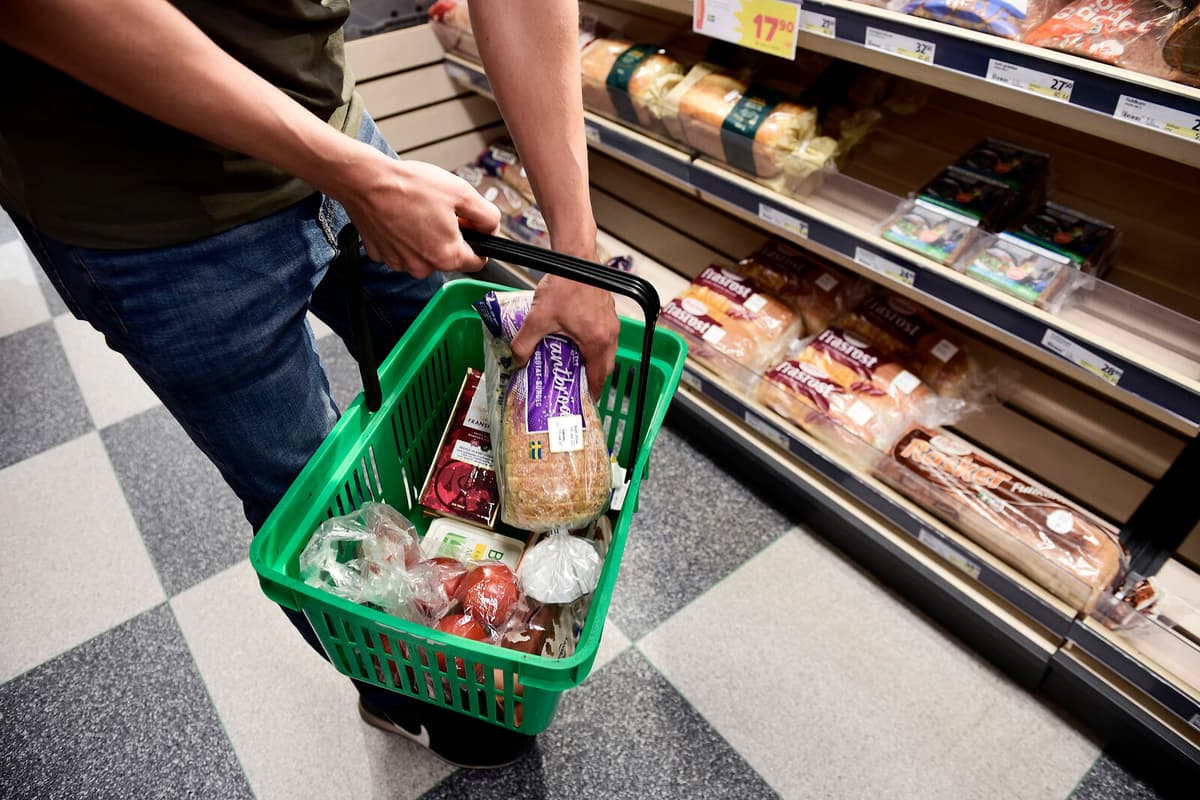Among the nearly 44,000 items that Matpriskollen has gone through, an increase is seen in 29 percent of them. 64 percent remained unchanged in January, while 7 percent of the items dropped in price.
Prices are rising on a fairly broad front, says Ulf Mazur, CEO of Matpriskollen.
In the daily goods trade, food prices rose by 0.8 percent during the month of January. Including all items, the increase was 0.6 percent.
Continuing upwards
The largest increases are seen in, for example, coffee, orange juice, and cocoa. Even jam and some vegetables have gone up in price. Paprika, for example, has become almost 15 percent more expensive, and tomatoes have increased by over 11 percent.
These are large increases, says Mazur.
According to him, we can expect rising food prices going forward, at least in the short term.
In February and a bit into March, prices will likely rise quite significantly. Arla has not yet announced any increase in dairy products, says Mazur and continues:
And there is still much that has not fully taken effect. We see that some chains are faster than others in changing prices, but the others will follow soon.
The climate is affecting
Looking at the last twelve months, it is still cocoa, which has risen by over 18 percent, and coffee, which has become around 17 percent more expensive, that are behind the large increases. And that trend will continue, according to Ulf Mazur.
For all products that are exposed to climate impact, where there is either too much drought or too much rain, it will have a significant impact even going forward.
This also applies to the price of different types of vegetables.
One must get used to that change. There will be a lot of fluctuations and somewhat larger than what one is used to, says Ulf Mazur.





